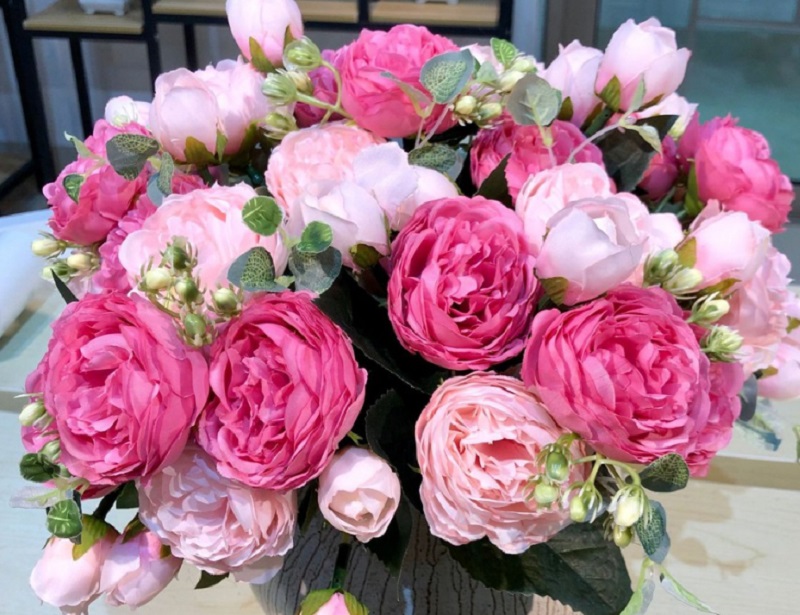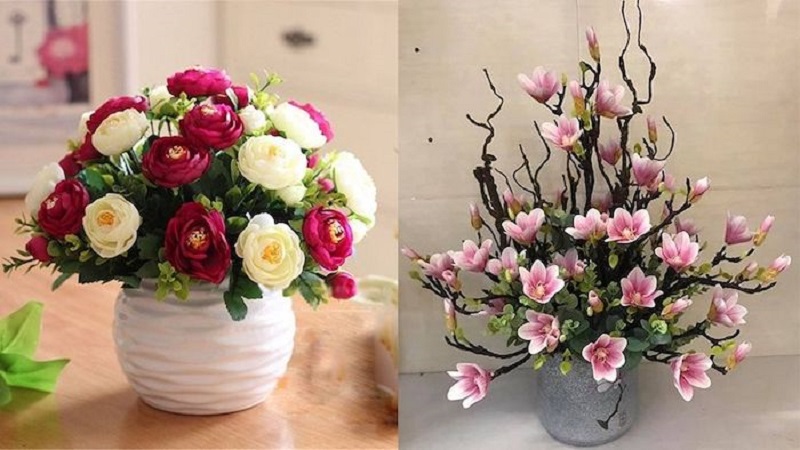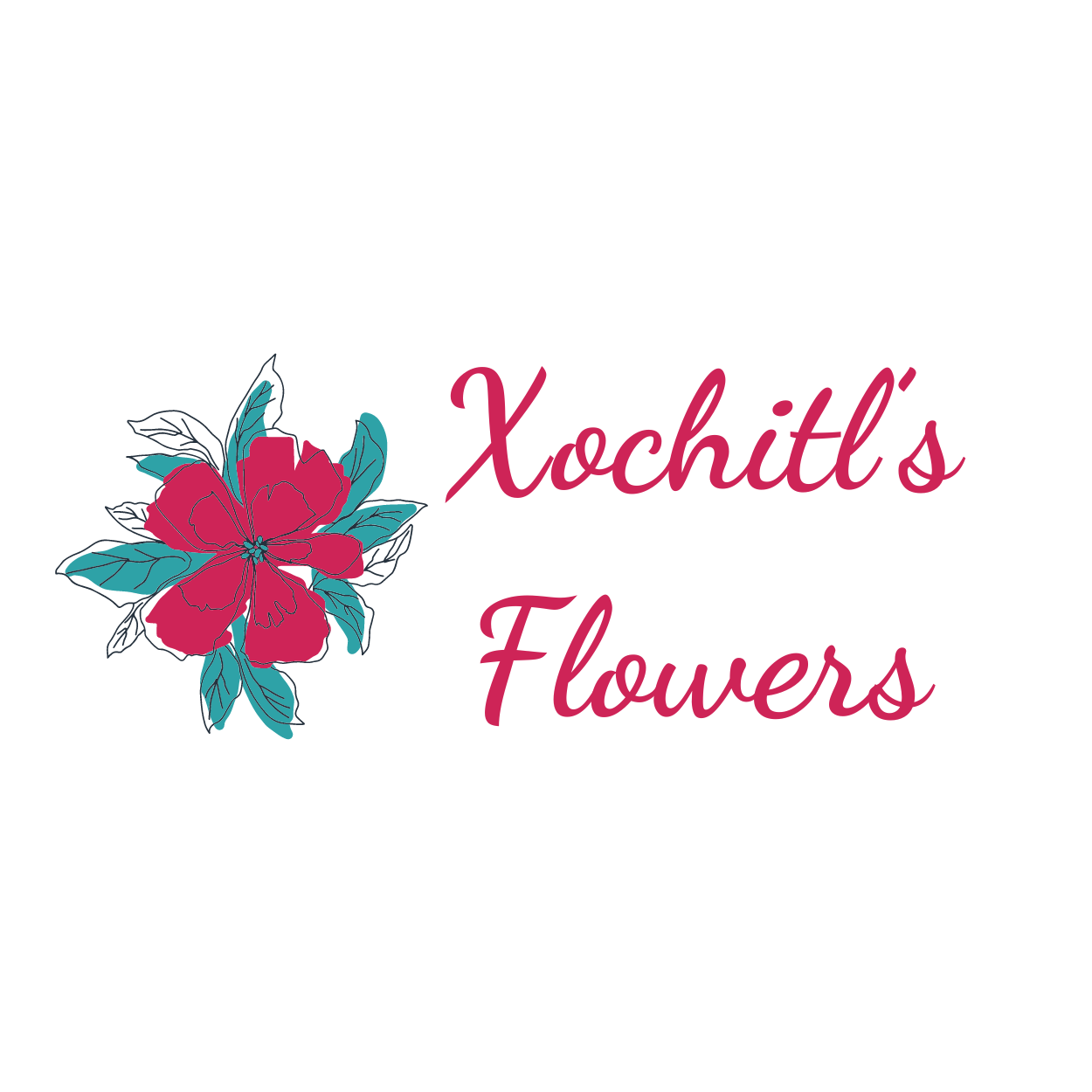Artificial flowers have become an enduring favorite in floral design, offering lasting beauty and versatile applications without the need for constant upkeep. They provide an elegant, practical solution for enhancing any space, whether for a special occasion or everyday decor. Crafting an artificial flower arrangement allows for creativity and customization, enabling you to design stunning displays that endure over time. This guide will walk you through the essential steps and techniques to create beautiful artificial flower arrangements, covering everything from basic principles to advanced design ideas.
Understanding Artificial Flowers
Types of Artificial Flowers
Silk Flowers: Made from silk or synthetic fabrics, silk flowers offer a realistic appearance and soft texture. They mimic the look and feel of fresh flowers, making them a popular choice for high-quality arrangements.
Plastic Flowers: Constructed from durable plastic materials, these flowers are often more affordable and resilient. They are ideal for outdoor settings or high-traffic areas where longevity is a priority.
Foam Flowers: Crafted from lightweight foam materials, foam flowers are known for their detailed designs and vibrant colors. They are commonly used for intricate arrangements and can be shaped easily.

Characteristics to Consider
Quality and Realism: Opt for high-quality artificial flowers that closely resemble their real counterparts in terms of color, texture, and structure.
Color and Texture: Choose flowers with a variety of textures and colors to add depth and visual interest to your arrangements.
Durability and Maintenance: Select materials that are easy to clean and maintain, ensuring that your arrangements remain beautiful over time.
Selecting Artificial Flowers and Foliage
Choosing Flowers
Popular Flower Types: Incorporate classic flowers such as roses, lilies, peonies, and tulips. Consider seasonal and specialty flowers to align with your design theme.
Matching Colors and Styles: Coordinate colors and styles to complement the overall decor. Use color theory to select hues that enhance the arrangement and fit the desired ambiance.
Selecting Foliage
Types of Foliage: Use greenery such as eucalyptus, ferns, and ivy to add structure and texture. Variegated and textured leaves can also contribute to the overall design.
Role of Foliage: Foliage helps in framing the arrangement, filling gaps, and adding visual interest. It also complements the flowers and enhances the overall look.
Tools and Supplies
Essential Tools
Floral Wire and Tape: These tools are essential for securing flowers and creating stable structures.
Hot Glue Gun and Glue Sticks: Useful for attaching flowers and foliage securely to the arrangement.
Pruning Shears or Floral Scissors: Necessary for trimming stems and adjusting lengths.
Wire Cutters: Used for cutting floral wire and other materials.
Containers and Bases
Types of Containers: Choose from vases, pots, and baskets to suit the style of your arrangement. Consider decorative bases like urns or jars for added flair.
Choosing the Right Container: Match the container to your arrangement style and ensure it provides adequate support for the flowers.
Techniques for Creating Artificial Flower Arrangements
Basic Techniques
Preparing Flowers: Trim stems to the desired length and adjust for proper placement. Remove excess foliage and wires to streamline the design.
Creating a Base: Use foam or oasis as the foundation to secure flowers. This provides structure and stability to the arrangement.
Arranging Flowers: Begin with focal flowers to establish key points of interest. Add secondary flowers and fillers, adjusting for balance and proportion.
Advanced Techniques
Creating Depth and Dimension: Layer flowers at varying heights and angles to add depth. Mix different textures and materials for a more dynamic arrangement.
Incorporating Unique Elements: Enhance your design with decorative items like ribbons, beads, or unconventional materials to add a personal touch.

Design Styles and Inspirations
Popular Design Styles
Traditional: Features classic, formal arrangements with symmetrical designs. Ideal for formal settings and traditional decor.
Contemporary: Embraces modern, minimalistic designs with clean lines and innovative materials. Suitable for modern spaces and minimalist decor.
Rustic: Focuses on natural, unstructured designs with organic elements. Perfect for country or farmhouse themes.
Tropical: Uses bold colors and exotic flowers to create vibrant, eye-catching arrangements. Great for adding a touch of the tropics to any space.
Seasonal Inspirations
Spring: Incorporate fresh, pastel colors and flowers like tulips and daffodils for a lively springtime look.
Summer: Use bright, cheerful blooms such as sunflowers and zinnias to capture the essence of summer.
Fall: Opt for warm tones with chrysanthemums, dahlias, and autumnal foliage for a cozy fall feel.
Winter: Create elegant designs with cool colors and evergreen elements, such as poinsettias and pine, for a sophisticated winter touch.
Caring for Artificial Flower Arrangements
Cleaning and Maintenance
Dusting and Wiping: Regularly dust and wipe flowers with a soft cloth to keep them looking fresh. Use gentle cleaning solutions if necessary.
Storage and Handling: Store arrangements in a cool, dry place to avoid damage. Handle with care to maintain their appearance.
Troubleshooting Common Issues
Fixing Design Flaws
Adjusting Flower Placement: Reposition flowers to achieve better symmetry and balance. Ensure that the arrangement is visually pleasing from all angles.
Addressing Wear and Tear: Repair or replace damaged flowers or foliage. Touch up colors or details as needed to maintain the arrangement’s overall look.
Creative Ideas and Personalization
Incorporating Personal Touches
Using Favorite Flowers: Personalize your arrangement by incorporating flowers that have special meaning or significance to you.
Adding Unique Decorative Elements: Enhance your design with thematic or sentimental items to make it uniquely yours.
Exploring Creative Arrangements
Creating Wreaths and Garlands: Design versatile floral pieces for various settings and occasions, including wreaths and garlands.
Designing Floating Arrangements: Experiment with flowers floating in bowls or vases for a unique visual effect.
Conclusion
Artificial flower arrangements offer a beautiful and practical alternative to fresh flowers, providing enduring charm and flexibility in design. By understanding the basics, mastering arrangement techniques, and exploring creative ideas, you can craft stunning displays that enhance any space or occasion. Embrace the artistry of artificial flowers, experiment with various styles, and let your creativity flourish as you create arrangements that bring lasting beauty to your environment.
